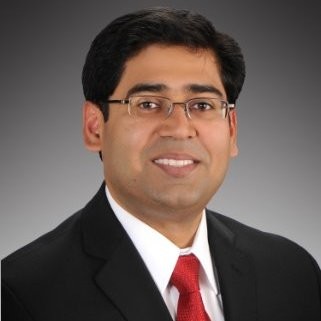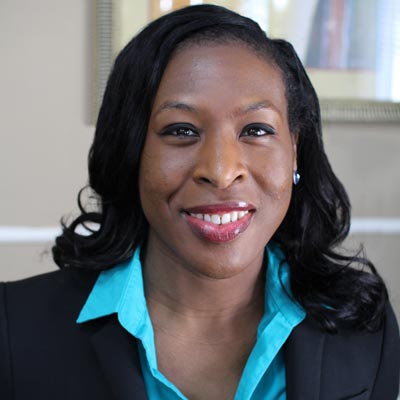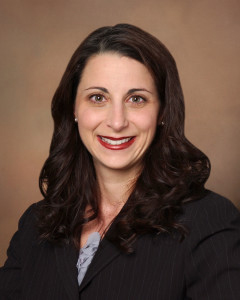RevMaxx AI medical scribe seamlessly listens, transcribes, and generates accurate clinical documentation in seconds.

Welcome to RevMaxx
RevMaxx AI medical scribe seamlessly listens, transcribes, and generates accurate clinical documentation in seconds.
RevMaxx AI medical scribe listens to doctor-patient conversations in real time and transforms them into structured, high-quality clinical notes. By automating your documentation process, RevMaxx helps you stay patient-focused while ensuring your records are accurate and compliant. Let’s experience the power of an AI scribe that understands medical context and delivers detailed SOAP notes instantly.
RevMaxx adapts to your specific specialty, offering templates and settings that match your documentation needs.
Save hours and reduce errors with our built-in automated coding – ensuring accurate and complete records every time.
Effortlessly record notes from RevMaxx to your existing EHR system through Chrome Extension. No complicated technical setup required.
Instantly calculate Risk Adjustment Factor scores to get the expected healthcare cost of the patients based on their clinical conditions.
RevMaxx AI medical scribe solution is specially designed to make physician’s jobs easier. Without any technical setup, physicians can now easily record their clinical notes into their existing EHR system. Our lightweight design makes it easy to install and start using right away. You can dictate, generate accurate clinical notes, and search medical info without leaving your screen, while keeping your focus on patient care.
RevMaxx runs quietly in the background, helping you document patient visits faster, without switching screens or clicking through endless templates.
Activate the extension in your EHR settings to begin using RevMaxx.
Press “Stop Visit” and the AI converts your conversation to SOAP notes.
Insert finalized notes into your EHR system with one click.
Click “Start Visit.” RevMaxx listens and drafts notes live as you speak.
Review and make edits to align with your clinical standards.
Clinicians love RevMaxx AI Medical Scribe for its intuitive design, high accuracy, and customised note-taking capabilities. Powered by AI trained in medical specialities, it efficiently captures key insights, helping clinicians save valuable time and maintain work-life balance by finishing on schedule.
Try it now for FREE . Experience the difference.
monthly
Includes unlimited usage.
Automated ICD-10 Codiing
Pay as per usage
Built to Scale as per your Clinical Practice Requirements
🩺Empowering the next generation of healthcare providers to transform patient care through cutting-edge AI Medical Scribe Solutions.
RevMaxx Total Time for Clinical Note Generation - 50 seconds or 0.83 minutes

AZ Cardiology
RevMaxx is empowering us to alleviate the documentation burden, deliver exceptional patient care, and make good on our promise to prioritize clinician well-being.

Advantage HCS LLC
RevMaxx is committed to holistic wellness. This partnership enables us to overcome the hurdles we faced with other AI tools and adopt technology that is cost-effective, sustainable, and beneficial to…

The WISH Clinic
RevMaxx is a game changer in my practice – increases coding accuracy and reduces EHR user fatigue and clinician burnout. Their NLP Generative AI cloud based software records and listens AND scribes pa…
Sign up today and experience faster, easier clinical documentation with RevMaxx.
Try for Free – No commitment required
No credit card required – get started in minutes
AI medical scribe to automate clinical notes documentation
Imagine a world where your time is spent connecting with patients, not struggling with documentation.
With RevMaxx, we’ve simplified clinical documentation so you can type less and care more. Say goodbye to burnout and hello to efficient, accurate notes in just minutes.